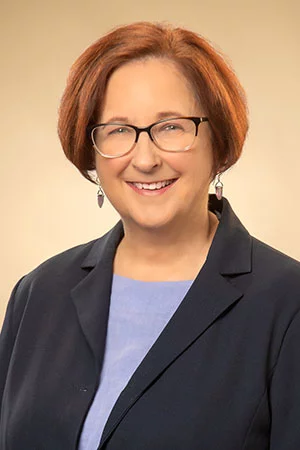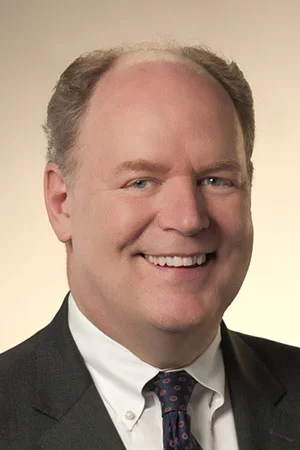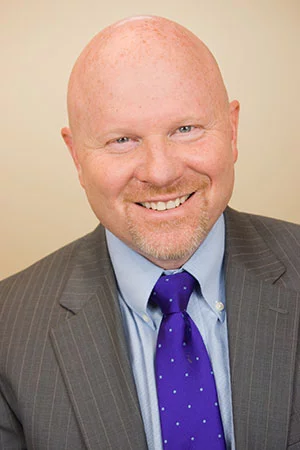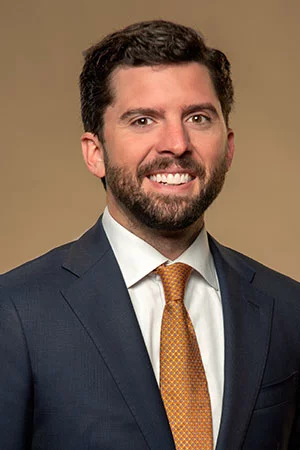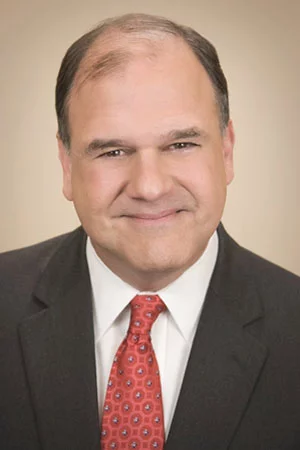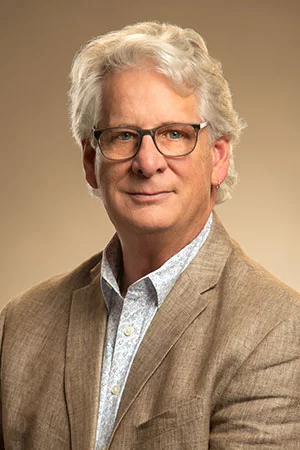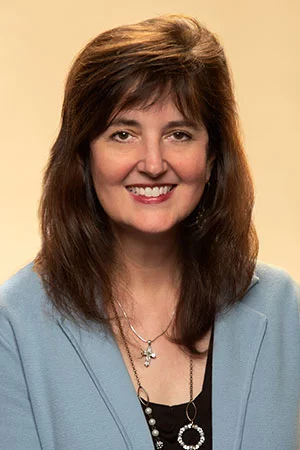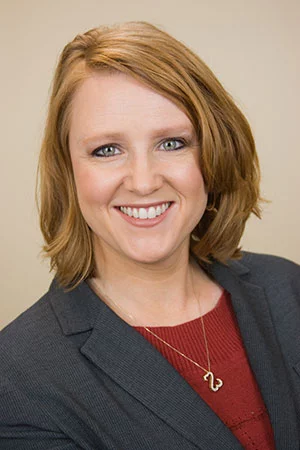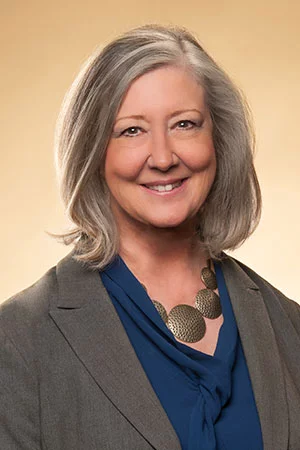Addiction doesn’t know zip codes, GPAs, or bank account balances.
Article: Teen Vogue: How This Teen Beat Alcoholism
Author: Kate Parrish
Written: FEB 16, 2016 11:21AM EST
The first week of senior year for most high school students means seeing old friends, figuring out new class schedules, and feeling the excitement of doing every high school thing for the last time. For Regan*, then 17, it meant going to rehab.
The night before her parents pulled her out of school to admit her to a 30-day in-patient drug and alcohol treatment program, Regan had run away from home. With nowhere to go, hiding in a bush and covered in poison ivy, she made her way to a local fire station where she called her parents. The next day her life would change forever.
The Diagnostic and Statistical Manual of Mental Disorders (DSM) in its fifth edition as of 2013, refers to the disease of alcoholism as Alcohol Use Disorder or AUD. Individuals diagnosed with an AUD are placed along a disease continuum ranging from mild to severe.
Regan didn’t smoke crack or carry a gun. She didn’t bounce from school to school or sell drugs. She went to a high school for gifted students and lived in a private, upper-middle-class neighborhood. When she talks about her childhood, she describes it as “ideal” and “perfect.” None of this mattered though. Addiction doesn’t know zip codes, GPAs, or bank account balances.
“My mind was killing me. I couldn’t be happy when I was drunk or high. It wasn’t the same as it was those first times,” says Regan, who first started drinking when she was 14.
On the night she ran away, Regan had gotten in a fight with her parents. They’d found out about her older boyfriend, read through all the messages on her phone, taken her car keys and her bedroom doorknob. Realizing her attempt to run away wasn’t worth it, that none of it — the drinking, the drugs, the getting in trouble — was worth it, she gave up.
“This isn’t how my life is supposed to be. I’m in need of a change, no matter what that is,” Regan remembers thinking. “I couldn’t continue living the way I was. I was going to die.”
Tammy Stone, a licensed professional counselor at Cumberland Heights, a drug and alcohol rehabilitation center located outside Nashville, Tennessee, works with patients, many under the age of 21, and their families to help them better understand addiction.
For many young people, trouble with alcohol and drugs begins with a precipitating event: a parent’s divorce, a break up with a partner, rejection from a dream school, perhaps the death of a loved one.
“If they [the patients] don’t have the coping skills or support to work through the event, they might turn to alcohol and drugs to cope,” says Stone. When this happens, the feelings associated with the precipitating event — disappointment, fear, confusion, sadness, anger — are all still there; they never went anywhere.
There isn’t always a precipitating event. Regan describes a general feeling of otherness, a feeling like she didn’t quite fit the mold of her peers or like she was missing the life manual everyone else seemed to have.
“If you’re experiencing negative consequences in at least three life areas as a result of a particular behavior, like drinking, you have a problem,” she advises. Failing or dropping grades, conflict in peer groups, getting arrested or cited for illegal activity, even losing interest in activities that once brought joy — these events begin to add up to something that looks like more than just the consequences of experimentation.
While there are more women in the public spotlight today sharing about their experiences with alcohol and drug abuse (Eva Mendes, Adwoa Aboah, Kelly Osbourne, Kat Von D), there is still a considerable social stigma women face when confronting addiction.
“There’s more of a social degradation, so women tend to hide it,” says Stone, adding that for young women, this is compounded by parents who enable, hide, or deny their child’s behavior.
“Parents want to protect them from that [the social stigma]. They have a hard time admitting ‘my daughter is an alcoholic,’ so they’ll bail them out of trouble, send them to different colleges, hire lawyers to get them out of legal trouble,” says Stone, “And what that does is send girls a message that, ‘OK, I can’t have this problem. My family is not accepting of me having this problem.'” Shame and denial bury the problem deeper.
Alcohol and drug abuse is also linked to sexual assault. A 2015 study conducted by The Washington Post and the Henry J. Kaiser Family Foundation revealed one in five college-aged women have been victims of sexual assault. The report stated, “Most notably, two-thirds of victims say they had been drinking alcohol just before the incidents.”
At Cumberland Heights, Stone estimates, conservatively, at least 80% of the female patients have some kind of sexual trauma in their history. “A lot of times, alcoholism doesn’t come to light until they suffer their first sexual assault. That’s if they’ll talk about it.” The shame that so often accompanies a sexual assault then gets tangled up with the shame and denial of addiction. One begins to feed the other and a way out can seem impossible to find.
On the way to treatment, Regan remembers thinking she didn’t have a problem with drugs or alcohol, that it was something else altogether. “That’s what I thought treatment was, addressing your problems with drugs and alcohol. But then I realized when I got there that no, those actually aren’t the problems; they’re symptoms.”
Just shy of 18, Regan was the oldest in her adolescent program in treatment. Initially, all she could hear was how different she was from everyone else. Over the days and weeks though, she began to realize how similar everyone’s stories were. Regan could replace alcohol for someone else’s heroin or crack, and the feelings were all the same: different, uncomfortable, ashamed, tired, defeated. In treatment, she worked with counselors and case managers to address underlying issues that led to self-medicating with alcohol and drugs.
Regan describes struggling early in sobriety with the awkwardness of experiencing life in a sober body: meeting new people, going to events sober, changing old habits and behaviors. The benefits, however, of the sober life quickly outweighed the chaos and instability of the drinking life. No more waking up next to people whose names she couldn’t remember, no more hangovers or blackouts, no more wasting time chasing alcohol and drugs. More than that, sobriety came to mean finding out what she liked to do for fun, uncovering (and appreciating) their authentic selves, and being present for their lives in a way she had never been before.
Stone stresses the importance of finding a supportive community, one that understands not only that you don’t drink, but that you can’t drink. That community may look vastly different from what it used to look like before sobriety; in many ways, that’s the point. Many individuals struggle to maintain sobriety when they fall back in with old friends and old habits, ones that don’t support sober living.
Through AA, which also has a young people’s program called Young People in Alcoholics Anonymous (icYPAA), and her meditation group, Regan found other people her age trying to do exactly what she was trying to do: stay sober one day at a time.
“Young people in recovery care for each other,” Regan explains, “They need each other. They need to see that other people can do it so they can do it.”
* Names changed or last names withheld to protect individuals’ anonymity.


